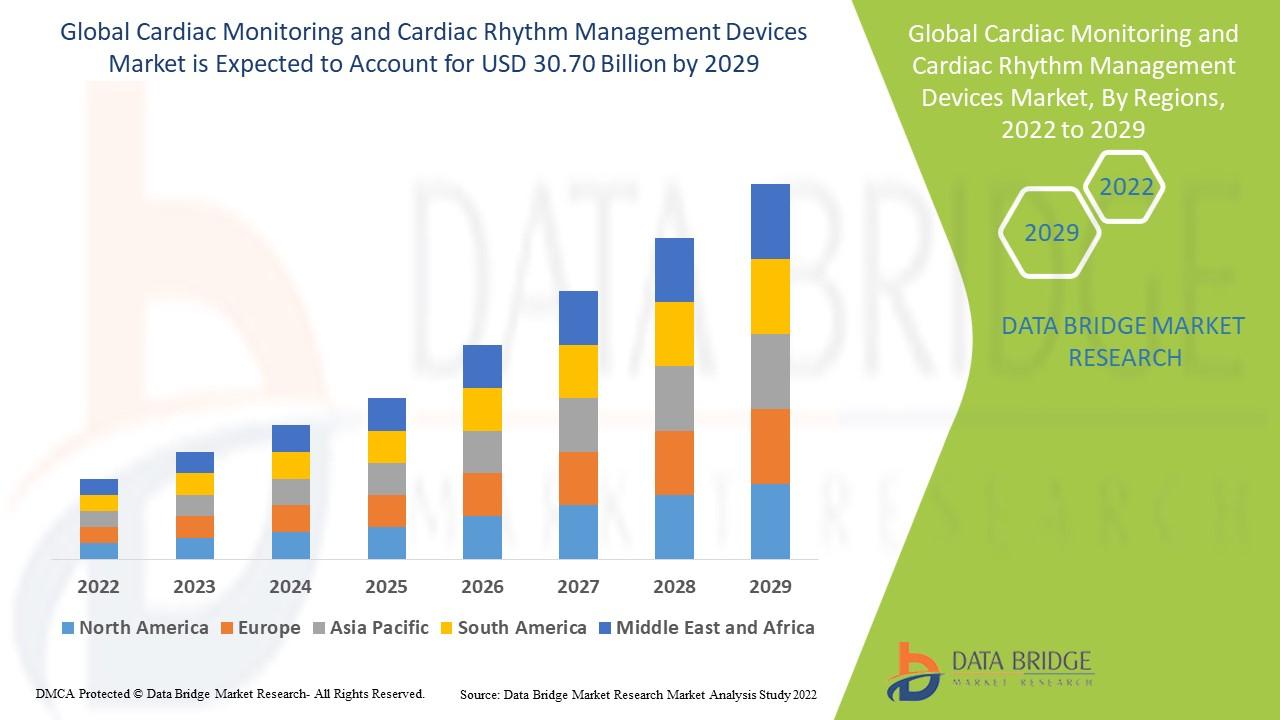How to Choose the Right Nearshore Development Partner for Your Project

In today’s digital-first world, businesses are constantly innovating to stay competitive. Whether you’re building a new mobile application, scaling an enterprise platform, or digitizing workflows, the right development partner can make all the difference. However, finding the right fit can be challenging, especially when cost, efficiency, and quality are all on the line.
This is where nearshore application development comes into play. Nearshoring allows businesses to work with teams in neighboring countries, offering geographical proximity, cultural compatibility, and time-zone alignment—without the high costs of local hiring or the complexities of offshore outsourcing.
But how do you ensure you choose the right nearshore development partner for your project? In this blog, we’ll walk through a comprehensive framework that covers everything from evaluating technical expertise to building long-term collaboration.
Why Nearshore Application Development Matters
Before diving into the selection process, it’s essential to understand why nearshore partnerships are becoming the go-to choice for modern businesses.
-
Cost Efficiency Without Compromising Quality
Nearshore partners typically offer lower rates than local agencies, but unlike far-off offshore teams, they align better in terms of communication and culture. -
Time Zone Advantages
Real-time collaboration is crucial in agile development. Nearshore teams working in overlapping time zones eliminate delays caused by asynchronous communication. -
Cultural and Language Alignment
Fewer cultural gaps mean smoother collaboration, shared work ethics, and faster conflict resolution. -
Faster Scaling and Talent Access
You can access skilled developers who specialize in modern technologies without enduring the bottlenecks of in-house recruitment.
Clearly, nearshore application development is more than just a cost-saving measure—it’s a strategy to accelerate innovation while maintaining quality and efficiency.
Step 1: Define Your Project Needs Clearly
The first step in choosing the right nearshore partner is having a clear vision of what your project requires. This clarity helps you filter potential partners quickly.
-
Scope of Work: Define whether you need end-to-end development, UI/UX design, or integration with existing systems.
-
Technology Stack: Identify must-have technologies such as Java, Python, .NET, or React.
-
Scalability Needs: Decide whether you’ll need long-term support and maintenance beyond initial development.
For example, if your project involves enterprise custom software development, you’ll want a partner with proven expertise in large-scale systems that integrate seamlessly with existing business processes.
Step 2: Evaluate Technical Expertise and Domain Knowledge
A reliable partner should demonstrate more than just coding proficiency. Look for companies with hands-on experience in your industry and technology domain.
-
Portfolio Review: Check their past projects and case studies. Do they align with your business goals?
-
Certifications and Standards: Look for ISO, CMMI, or Agile certifications that validate process quality.
-
Industry Experience: A partner who understands the regulatory, security, and compliance aspects of your industry can save you from costly mistakes.
For instance, if you’re in fintech, your partner should have expertise in security protocols, payment gateways, and compliance regulations.
Step 3: Assess Communication and Collaboration Practices
Strong communication can make or break a nearshore partnership. Since you’ll be collaborating across borders, seamless interaction is key.
-
Language Proficiency: Ensure their team is fluent in your working language (usually English).
-
Collaboration Tools: Check if they use project management tools like Jira, Trello, or Asana for transparency.
-
Agile Practices: Look for partners who adopt agile methodologies, ensuring faster iterations and ongoing feedback.
Proactive communication is often a sign of a reliable partner. If they respond promptly during the evaluation phase, it’s a good indicator of how they’ll work once the project starts.
Step 4: Check for Cultural Compatibility
Culture may not seem like a technical criterion, but it has a huge impact on project success. Shared values, work ethics, and problem-solving approaches foster smoother collaboration.
-
Work Ethics: Do they share your commitment to deadlines and quality?
-
Flexibility: Are they open to adjusting to your organizational practices?
-
Team Dynamics: Try interacting with individual team members to gauge their collaboration style.
Cultural compatibility often differentiates a partnership that merely “works” from one that thrives.
Step 5: Analyze Cost vs. Value
Cost is an important factor, but it shouldn’t be the only one. The cheapest option is rarely the best. Instead, focus on the overall value the partner brings to the table.
-
Transparent Pricing Models: Ask for clarity on hourly rates, fixed-price contracts, and additional costs.
-
Quality vs. Price Balance: Weigh the cost savings against the risk of subpar quality or delays.
-
ROI Perspective: Consider how their expertise and efficiency will accelerate your time-to-market.
A strong nearshore partner should help you reduce costs without compromising innovation and scalability.
Step 6: Validate Security and Compliance Practices
In the digital age, security is non-negotiable. Protecting your intellectual property and customer data must be a top priority.
-
Data Protection Policies: Ensure compliance with GDPR, HIPAA, or other relevant regulations.
-
IP Protection: Verify how they handle intellectual property rights in contracts.
-
Infrastructure Security: Check whether they use secure servers, firewalls, and encrypted communication channels.
Your nearshore partner must demonstrate a security-first mindset, especially for projects involving sensitive customer data.
Step 7: Request References and Client Testimonials
Nothing validates a development partner better than feedback from their existing or past clients.
-
Client Testimonials: Read reviews on platforms like Clutch, GoodFirms, or G2.
-
Case Studies: Look for documented success stories with measurable outcomes.
-
Direct References: If possible, speak to past clients directly to get unfiltered insights.
This step will help you separate polished sales pitches from proven performance.
Step 8: Start with a Pilot Project
Even after careful evaluation, it’s smart to test the waters before committing to a long-term contract.
-
Pilot Engagement: Start with a small project or a short sprint.
-
Performance Evaluation: Monitor how well they deliver on deadlines, communication, and quality.
-
Scalability Readiness: Assess whether they can ramp up quickly once you decide to scale.
A successful pilot gives you confidence that the partner is a good fit for your long-term needs.
Common Mistakes to Avoid When Choosing a Nearshore Partner
While you focus on best practices, it’s equally important to avoid common pitfalls:
-
Choosing solely based on cost
-
Overlooking cultural and time-zone alignment
-
Ignoring security and compliance checks
-
Relying on promises without verifying case studies
-
Committing to a long-term contract without a trial period
By avoiding these mistakes, you’ll set yourself up for a smoother partnership and better project outcomes.
The Future of Nearshore Application Development
As digital transformation accelerates, nearshore application development will continue to gain traction. Companies increasingly value real-time collaboration, specialized expertise, and scalability over just cost savings. Emerging trends like AI, IoT, and cloud-native applications will further drive the demand for skilled nearshore partners.
At the same time, businesses undertaking enterprise custom software development will benefit from nearshore teams that can integrate advanced technologies while staying aligned with regulatory and compliance needs.
Final Thoughts
Choosing the right nearshore development partner is not just about finding a vendor—it’s about building a collaborative relationship that fuels innovation, scalability, and long-term growth. By carefully evaluating technical expertise, communication practices, cultural compatibility, and security measures, you’ll be well-positioned to make the right choice.
At FX31 Labs, we understand that every project is unique. Our nearshore development services are designed to help businesses accelerate growth with cutting-edge solutions, whether it’s building scalable applications or supporting enterprise-level transformations.
The right partner isn’t just a service provider—they’re an extension of your team. Choose wisely, and your nearshore collaboration could be the catalyst that takes your project to the next level.






